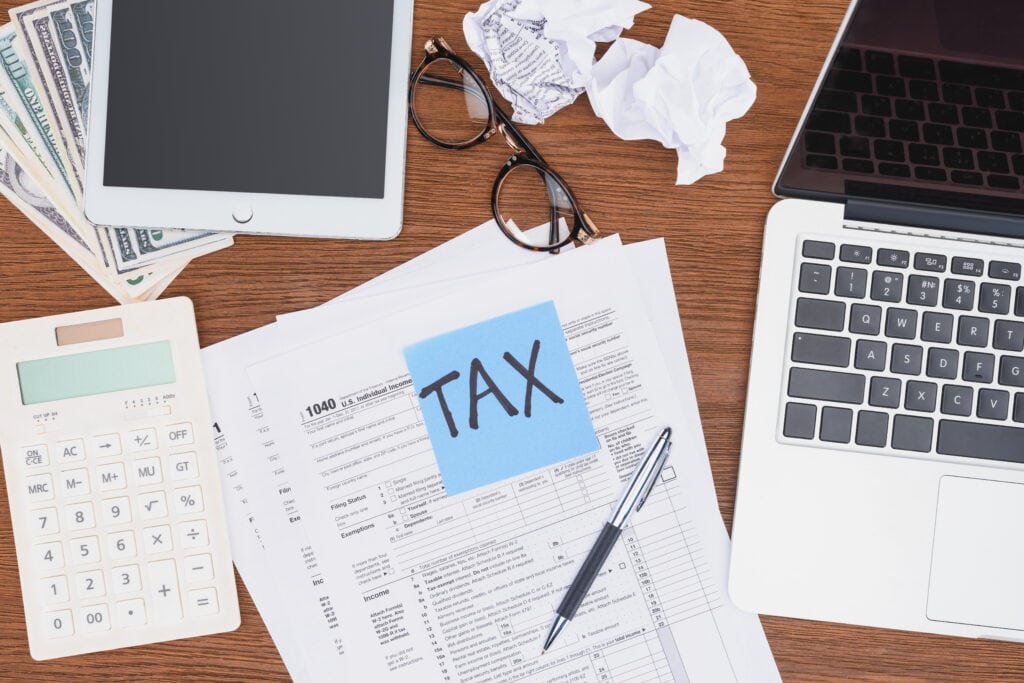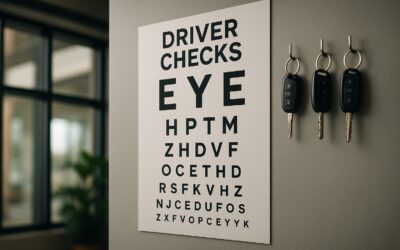How are we going to fill the EV tax shortfall as more drivers make the switch to electric?

In a bid to get more people on board with the race towards the 2050 net zero emissions target and the 2030 ban on sales of new petrol and diesel vehicles, the Government’s been putting incentives in place to encourage drivers to make the switch.
Zero vehicle excise duty (VED) in the first year of switching and 0% benefit-in-kind tax on company cars offer attractive reasons to go electric.
But what’s going to happen when the £40bn of annual tax generated from fuel duty and VED inevitably disappears? Forcing the remaining petrol and diesel drivers to cover the tax shortfall is hardly sustainable.
New plans for road pricing
Chancellor Rishi Sunak is reportedly considering plans for new road pricing as a possible solution.
The proposals would involve drivers being allowed 3,000 “free” miles (plus a third for anyone living out in the sticks), before paying a small fee for subsequent miles travelled.
Recent research suggests that around 40% of UK drivers think a pay as you go system would be more fair than the current fuel duty set-up. Likewise, 49% believe you should pay more in tax the more you drive.
And the statistics suggest that we’re all agreed on one thing: that any tax generated from a substitute for fuel duty should be reinvested only into the British road network.
But as AA President Edmund King puts it, “While the push toward electric vehicles is good for the environment, it is not good for the Exchequer.”
More demand for EVs
Reports of the proposal come at the same time as news that the number of public chargepoints for electric vehicles has risen to 19,487 over the last twelve months; an 18% increase.
Of those, just over three and a half thousand are “rapid” charging devices, which supply high power to recharge a vehicle as quickly as possible. Depending on the model, it’s possible to charge a vehicle to 80% of its capacity in just 20 minutes using one of these devices.
The increase in devices certainly sends the right message to those wondering whether they should make the switch, particularly in light of recent reports of high levels of “range anxiety” among British drivers.
That being said, there’s still some way to go until we have sufficient infrastructure to support a nationwide switch to driving electric.
Currently, the average number of chargepoints per 100,000 people stands at 29, though there are 63 per 100k in London. There’s most work to be done in Northern Ireland, where there are just 17 devices per 100,000 people.
Would a pay as you go system work?
As the UK prepares to support more and more electric vehicle drivers over the coming decade, it remains to be seen what exact measures the Government will take to fund the road network in the absence of VED.
Critics suggest a pay as you go style system would inevitably lead some drivers to turn to criminal means to falsify their mileage and reduce their fees.
What do you think? Can we expect to see unlawful blackbox technology creep in to mask miles driven? Or is there a better solution the Government could use to plug the gap in fuel duty and VED as more make the switch? We’d love to hear what you think, so share your opinion with [email protected]!










